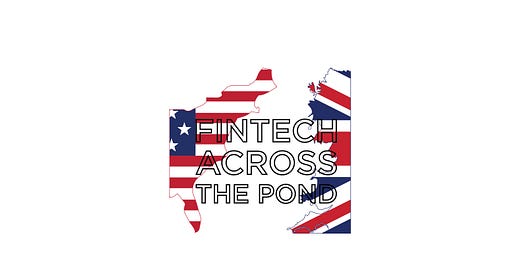What is the best wedge product?
Over the past 12 months, I have increasingly seen many expense management companies raise huge sums of money in a relatively short space of time. Dealroom data shows that expense management companies have raised over half of their 2021 total ($3.2bn) in 2022 already ($1.8bn). When looking at the data, something that jumped out to me was that many companies had raised multiple rounds in quick succession. The salient examples being;
Qonto raised nearly €500m across two rounds in January and April 2022
Ramp raised $500m in equity and $550m in debt across three transactions from August 2021 to March 2022, with its valuation increasing 5x
Jeeves raised $263m in debt and $100m in equity across five transactions from June 2021 to March 2022
Yokoy raised over $100m across two transactions in October 2021 and March 2022
Payhawk raised $212m across two transactions in November 2021 and February 2022
Pleo raised $250m across two transactions in July 2021 and December 2021
This list is by no means exhaustive but demonstrates the pace of investment into the sector which I believe is partly a function of the broader private funding markets, until recently. But it is also because of the incredibly large market these firms are attacking.
Wedge Product
The market they are attacking goes beyond the corporate expense management market, which itself is a large market and estimated to be worth some $6bn in 2021. It is clear from the roadmap of many companies in the space that expense management is just a wedge product into the broader business banking space.
What do I mean when I say “wedge product”? Lenny Rachitsky defines a wedge strategy as follows;
Capturing a small part of a large market
Capturing a large part of a small adjacent market
The end goal is to expand to serve more customer needs in the large market i.e. go vertical or to expand horizontally into the adjacent large market. This approach has been tried at test over time with companies in the consumer space, with Robinhood and Chime both launching narrow products to appeal to consumers before expanding their product offering to target the entire consumer finance stack.
With expense management players, I would guess that they are looking to bring the whole SMB banking stack into play; with banking, lending, payments, accounting and more, all being up for grabs. Cornerstone Advisors estimated the SMB opportunity at $370bn in revenue, which shows why investors have thrown nearly $7bn into the space over the past five years.
I am speculating that these expense management companies are indeed using their current products as a wedge, they may not. But given the richer economics in business banking, I think at least a significant majority will. Brex has already launched business accounts, bill pay and financial management to compliment its credit card and spend management product.
All of this got me thinking, if these expense management solutions are using the space as a wedge, is it the best wedge into the business banking stack?
A wedge product should be very specific and narrow, that solves a painful user problem with a solution that is significantly better than existing solutions. A pinpoint solution for something specific, ideally in a space that avoids competition to give an easier path to customers
Given that context, which part of the SMB stack is the best wedge?
For me it comes down to two areas. First, lending because there is a huge funding gap for small businesses as traditional banks have stepped away from the sector since the GFC and the need to rollover the large number of COVID related loans will present a huge opportunity.
The other is accounting. The need to track a business’s finances is crucial to the survival of any business, but even more so for small businesses that often struggle to make ends meet. Every dollar matters. The data that these accounting platforms have on the small business customers they serve is core to providing many other elements of the stack and means they are strategically placed to go vertical and own the rest of the stack.
The above is by no means to say that starting with a different wedge product will be successful. Or that starting with lending or accounting is guaranteed to succeed. Building a lending product requires specific skills that may not translate into expertise in other parts of the stack. Building bookkeeping software is very different to building regulated products like lending and bank accounts.
The jury is still out over which approach will be successful but the big beneficiaries will be the small businesses whose options for solutions that solve their multifaceted needs will only increase. And more choice and more competition is a good thing.
As always the above is designed to be a somewhat unstructured stream of thoughts. I welcome being challenged on them as I feel like the best way to learn is to do so in public so feel free to reach out to provide any feedback/comments.
Fintech News Highlights
🇪🇺 Belgium forced crypto exchanges and custody wallet providers to mandatory register or face fines and business stoppages.
🇪🇺 Citi has launched a SEPA instant payments product to allow its clients to pay and receive money in real-time across Europe.
🇬🇧 TrueLayer has created the first variable recurring payment API, a first for the industry.
🇬🇧 Klarna will soon be reporting UK users BNPL use to credit bureaus Experian and Trans Union.
🌍 Block announced that 13,000 merchants adopted and processed BNPL sales in Q1 2022 after its acquisition of Afterpay. In-person BNPL is also coming soon, Block Head Jack Dorsey said.
🌍 Bank owned payments solution Zelle has released QR codes, allowing users to pay by scanning their unique QR code.
Your feedback is a gift, please give below 🙏
Good || Bad || Needs Improving
Follow me on LinkedIn and Twitter.
See you soon!



